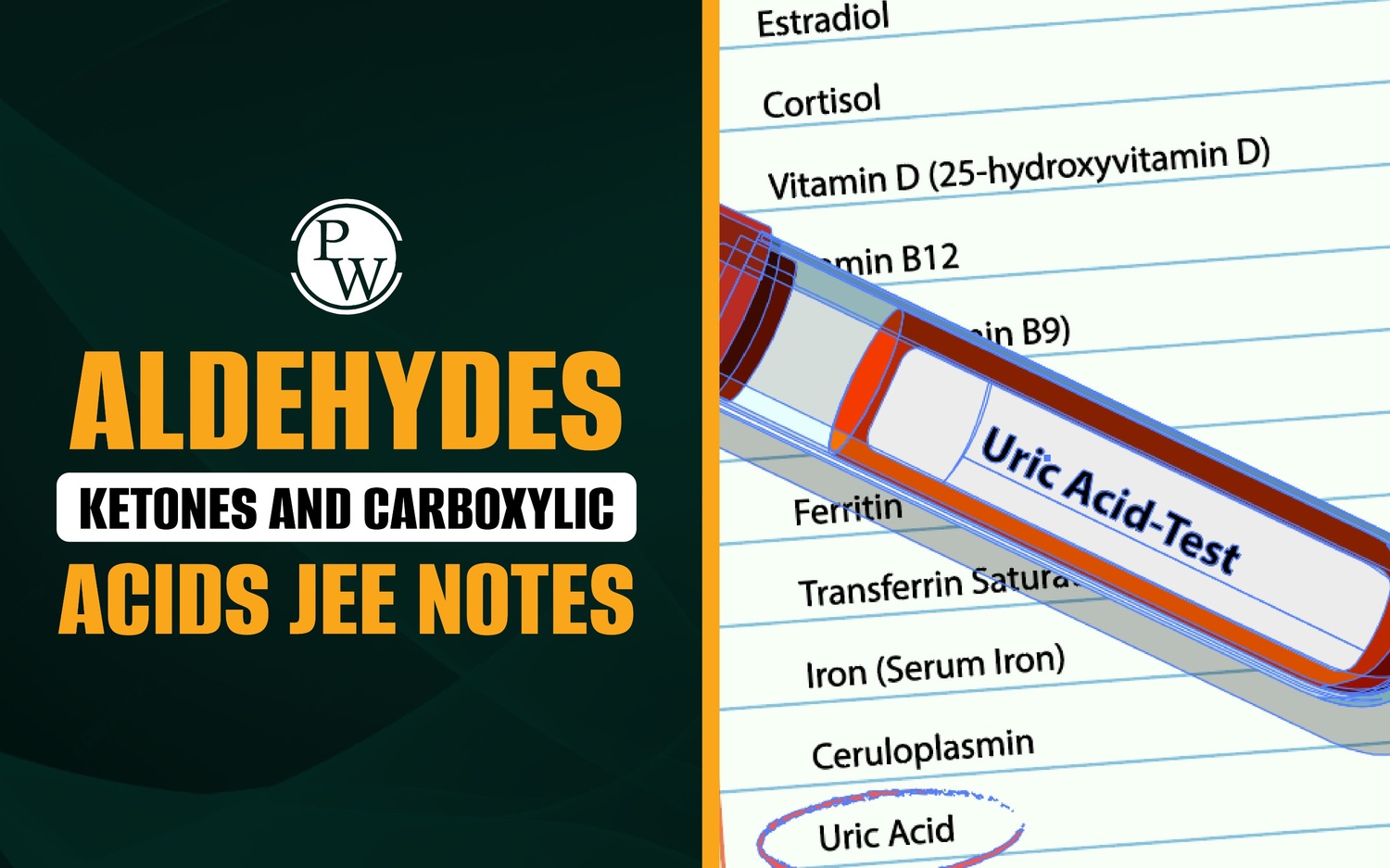

Stability Of Orbitals : Welcome, curious minds, to the fascinating realm of atomic structure! In the microscopic world of atoms, electrons play a crucial role in determining an element's properties. However, certain configurations of electrons exhibit extraordinary stability, leading to intriguing phenomena like paramagnetism and diamagnetism. In this article, we'll explore the concepts of extra stability associated with half-filled and fully-filled orbitals, as well as the intriguing behaviours of paramagnetism, diamagnetism, and spin magnetic moment. By the end of our exploration, you'll have a deeper understanding of these concepts and their significance in chemistry.
Stability Of Orbitals : Extra stability of Half-filled and fully-filled orbitals
Extra stability of Half-filled and fully-filled orbitals : The electronic configuration of most of the atoms follows the Aufbau’s rule. However, in certain elements such as Cr, Cu, etc. Where the two subshells (4s) and 3d) differ slightly in their energies (4s < 3d), an electron shifts from a subshell of lower energy (4s) to a subshell of higher energy (3d), provided such a shift results in all orbitals of the subshell of higher energy getting either completely filled or half-filled.
and not
and not
It has been found that there is extra stability associated with these electronic configuration. This stabilization is due to the following two factors.
(i) Symmetrical distribution of electron: It is well known that symmetry leads to stability. The completely filled or half-filled subshell have symmetrical distribution of electron in them and are therefore more stable. This effect is more dominant in d and f-orbitals. This means three or six electrons in p-subshell, 4 or 10 electrons in d-subshell and 7 or 14 in f-subshell forms a stable arrangement.
(ii) Exchange energy : This stabilizing effect arises wherever two or more electrons with the same spin are present in the degenerate orbitals of a subshell. These electrons tend to exchange their positions and the energy released due to this exchange is called exchange energy. The number of exchanges that can take place is maximum when the subshell is either half filled or fully filled. As result the exchange energy is maximum and so the stability increases.
Total exchange pairs = 10
n → Number of electron with parallel spins.
● In atoms, when an orbital is exactly half-filled, it results in a more stable configuration due to the symmetry and favourable exchange energy associated with the electron spin.
● Understanding the extra stability of half-filled orbitals helps explain the anomalous electronic configurations of certain elements and their unique properties.
Paramagnetism
(i) The substances which are weakly attracted by magnetic field are paramagnetic and this phenomenon is known as paramagnetism.
(ii) Their magnetic character is retained till they are in magnetic field and lose their magnetism when removed from magnetic field.
Diamagnetism
(i) The substances which are weakly repelled by magnetic field are diamagnetic and this phenomenon is known as diamagnetism.
(ii) Diamagnetic substances lack unpaired electrons and their magnetic moment is zero e.g., NaCl, N 2 O 4 etc.
Spin Magnetic moment
The spin magnetic moment of electron (excluding orbit magnetic moment) is given by :
Where n is number of unpaired electron in species.
The magnetic moment is expressed in Bohr magneton (B.M.)
Q1. A compound of vanadium has magnetic moment of 1.73 BM. Find out the electronic configuration of vanadium ion in the compound.
Ans. Vanadium belongs to 3d series with Z = 23. The magnetic moment of 3d series metal is given by spin only formula.
n = 1
Magnetic moment correspond to one unpaired electron.
Electronic configuration of vanadium atom
For one unpaired electron 4 electron must be removed in which first 2 electron are lost from 4s orbital (outermost), and the remaining electron 4 electron must be removed from 3d (inner shell).
Electronic configuration of V +4 .
1s 2 , 2s 2 , 2p 6 3s 2 3p 6 4s 0 3d 1
Q2. Calculate total spin, magnetic moment for the atoms having at no. 7, 24 and 36.
Sol. The electronic configuration are:
7 N : 1s 2 , 2s 2 2p 3 unpaired electron = 3
24 Cr : 1s 2 . 2s 2 2p 6 , 3s 2 3p 6 3d 5 , 4s 1 unpaired electron = 6
36 Kr : 1s 2 , 2s 2 2p 6 , 3s 2 3p 6 3d 10 , 4s 2 4p 6 unpaired electron = 0
∴ Total spin for an atom = ± 1/2 × No. of unpaired electron.
For 7 N, it is = ± 3/2; for 24 Cr, it is = ±3; for 36 Kr, it is = 0
Also magnetic moment =
For
7
N, it is =
; For
24
Cr, it is =
;
For
36
Kr, it is =
.
Q3. Cu + is diamagnetic but Cu 2+ is paramagnetic. (Z = 29). Explain why:
Sol. Cu + is diamagnetic because it has no unpaired electrons in its core.
On the other hand Cu ++ is paramagnetic because it has an unpaired electron in its core.
Stability Of Orbitals FAQs
Q.1 : What is the significance of half-filled and fully-filled orbitals in atomic structure?
Q.2 : How do paramagnetism and diamagnetism differ from each other?
Q.3 : What causes paramagnetism and diamagnetism in materials?
Q.4 : What is spin magnetic moment, and how does it contribute to the magnetic behaviour of atoms?












